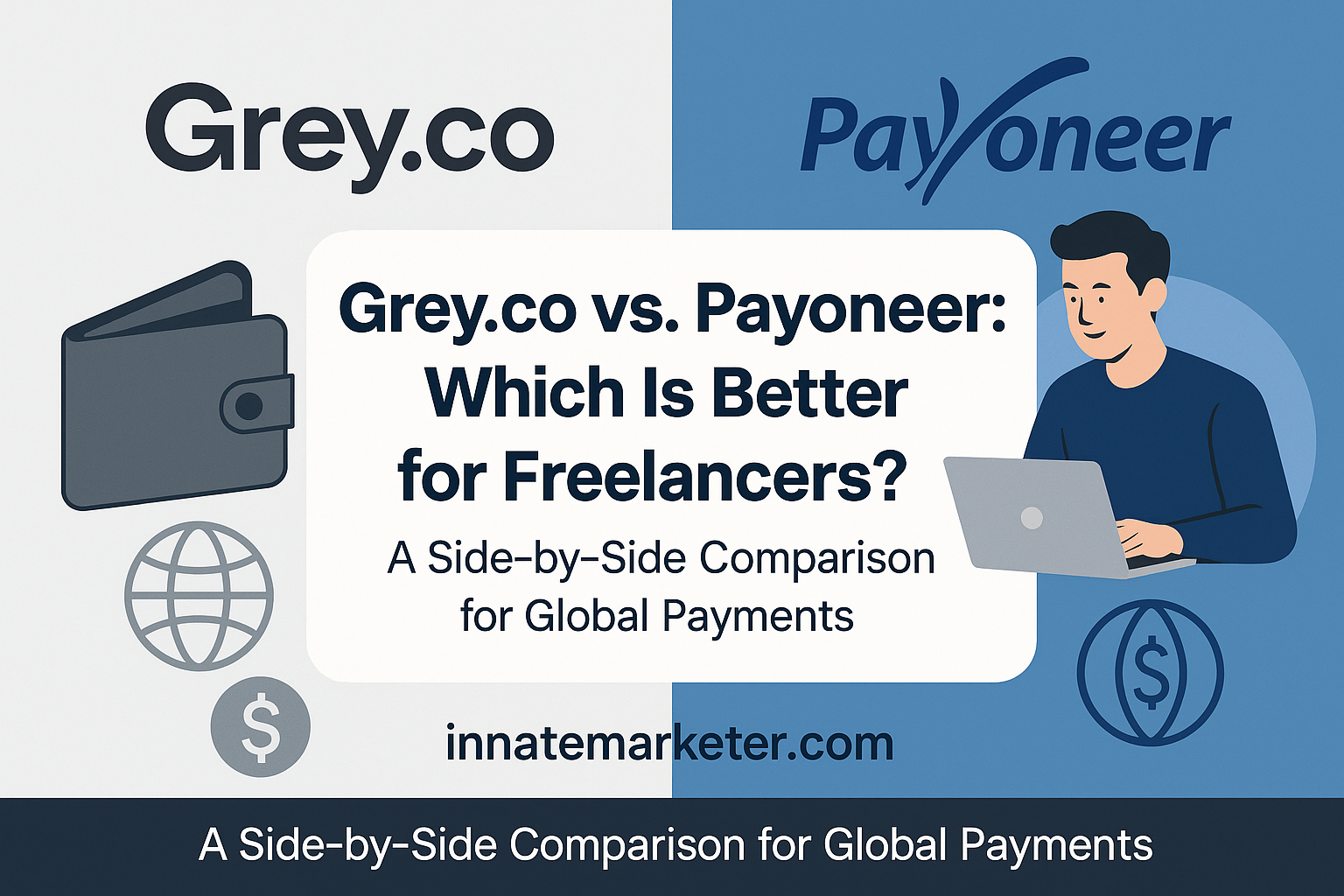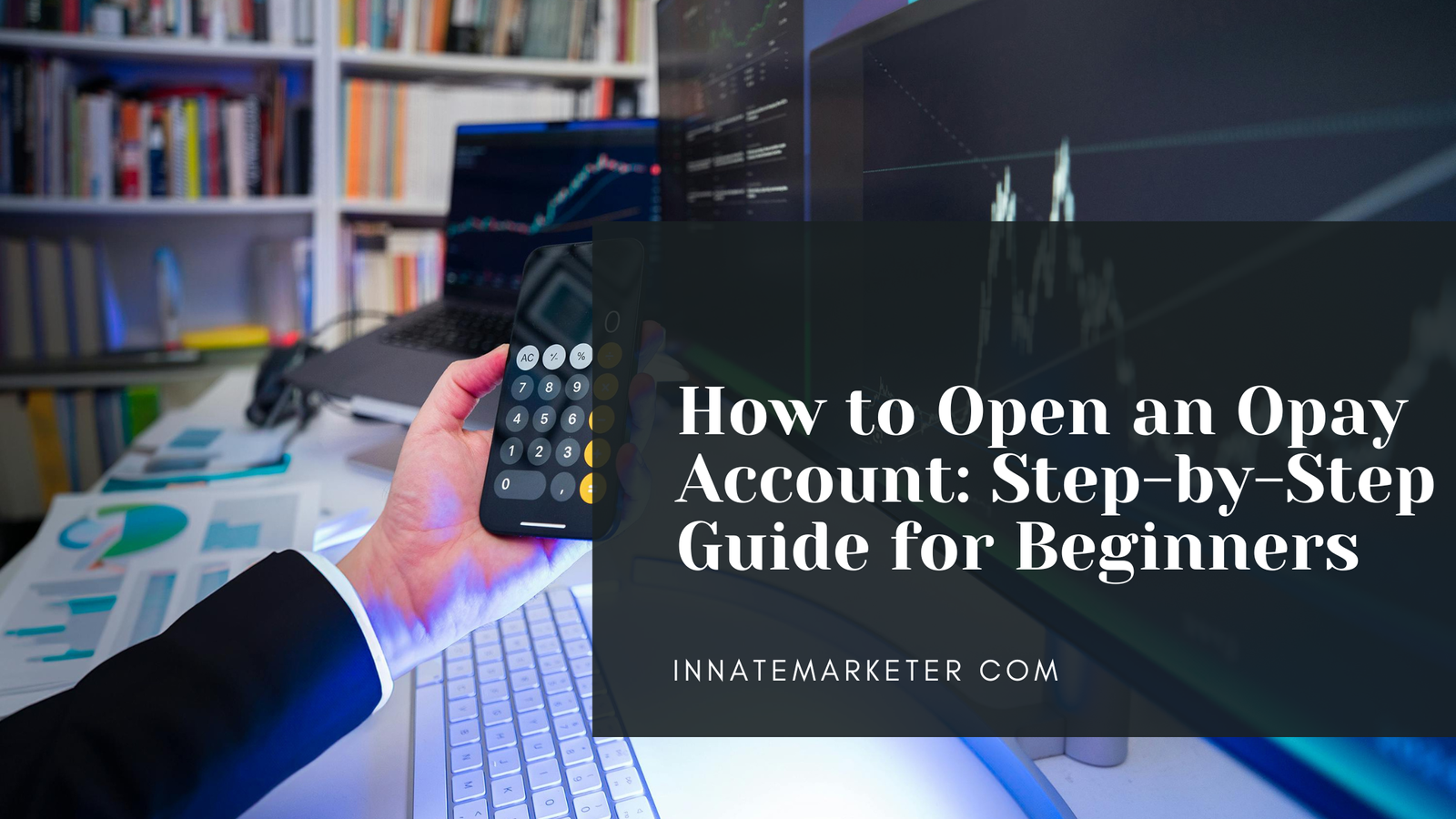In today’s global economy, seamless cross-border payments are essential for businesses and freelancers alike. Two prominent players in the international payment solutions market are Grey.co and Payoneer. Both platforms aim to simplify the complexities of global transactions, but they cater to slightly different audiences and offer unique features. This article provides an in-depth comparison of Grey.co and Payoneer, exploring their features, fees, user experiences, and suitability for various needs.
Key Takeaways
- Grey.co offers better exchange rates and lower withdrawal limits, ideal for quick local transfers.
- Payoneer is better for freelancers needing platform integration and a physical card.
Company Overview: Grey.co vs Payoneer
Grey.co is a recent entrant focusing on freelancers, remote workers, and small businesses. It has rapidly expanded into new regions, including LATAM and Southeast Asia, as detailed in this update.
Payoneer, founded in 2005, is a well-established platform serving users in over 200 countries worldwide. It supports freelancers, online sellers, and SMBs globally.
Features Comparison
Both Grey.co and Payoneer offer multi-currency accounts, but they differ in scope and complexity. Grey.co focuses on simplicity and low-cost transfers, making it ideal for users who want fast and straightforward services. Payoneer supports extensive marketplace integrations (like Amazon, Upwork, and Fiverr), and provides a physical MasterCard for users.
- User Interface: Grey.co offers a user-friendly, simple design, while Payoneer provides a more comprehensive, feature-rich platform.
- Customer Support: Grey.co provides responsive support via email, phone, and live chat. Payoneer offers dedicated account managers and an extensive help center for high-volume users.
- Security Features: Grey.co follows standard security protocols (more info, security FAQ), whereas Payoneer utilizes advanced technologies including two-factor authentication (details here).
Fees and Pricing Breakdown
Grey.co is transparent about its low fees and competitive exchange rates, as explained in this post. It charges minimal or no account maintenance fees and offers lower currency conversion costs than many competitors.
Payoneer’s fees vary based on service usage and transaction type. Some services are free, while others include percentage-based currency conversion fees that can add up for large transactions. View Payoneer’s pricing for more details.
User Experience and Transfer Speed
Grey.co is praised for its ease of use and fast transfer speeds, often completing transactions within minutes. Customer feedback highlights their responsive support team.
Payoneer generally provides fast transfers but can vary depending on the destination. The platform’s comprehensive features mean a steeper learning curve for some users, and customer support response times can be inconsistent.
Which Platform Suits Different User Types?
- Freelancers and Remote Workers: Grey.co is ideal for those who want simple, low-cost solutions. Payoneer is better for freelancers who work across multiple marketplaces or need prepaid debit cards.
- Small and Medium-Sized Businesses (SMBs): Grey.co offers affordable cross-border payment management, while Payoneer suits SMBs with complex payment needs like paying global contractors and suppliers.
- E-commerce Sellers: Payoneer’s extensive integrations with major marketplaces make it the preferred choice, although Grey.co works well for straightforward international payment receipt.
Security and Compliance
Both platforms prioritize security and comply with regulations.
- Grey.co implements standard security measures and follows local regulations in its operating countries (info).
- Payoneer applies advanced security technologies and complies with regulatory requirements in over 200 countries (security center, safety info).
Customer Support Overview
Grey.co offers support through email, phone, and live chat, receiving mostly positive user feedback. Payoneer provides a broader range of support options, including dedicated account managers, though user experiences with response times vary.

FAQs
What is the main difference between Grey.co and Payoneer?
Grey.co and Payoneer serve different financial needs. Grey.co focuses on easy international transfers and currency conversions for African users, especially Nigerians, while Payoneer is tailored for freelancers and global businesses that need platform integrations and a physical card. Choosing between them is like choosing between a grant and a loan—both serve different purposes depending on your needs.
Is Grey.co safe to use for international payments?
Yes, Grey.co is a secure and regulated platform. It uses encryption and compliance checks to protect user funds and data. It’s ideal for users who want to safely receive USD, GBP, or EUR into virtual accounts without dealing with shady third-party agents. If you’re applying for foreign funds, Grey acts as a reliable digital wallet to store and convert them.
Can I link Grey.co to freelance platforms like Fiverr or Upwork?
No, Grey.co does not directly integrate with platforms like Fiverr or Upwork. Instead, many freelancers receive their funds through Payoneer and then transfer the money to Grey to benefit from higher exchange rates. If your goal is to streamline income from freelancing gigs, Payoneer is more efficient in that regard.
Does Payoneer support Nigerian bank withdrawals?
Yes, Payoneer allows you to withdraw directly to your Nigerian bank account in Naira. However, note that their exchange rates are not as favorable as Grey.co. Many users, especially those receiving FG grants, prefer converting USD via Grey first for better value before transferring to their bank accounts. See more on FG grant options here.
How competitive are Grey.co’s exchange rates?
Grey.co offers exchange rates that often match the parallel market (Aboki FX) rates. This makes it far superior to Payoneer if your focus is maximizing local currency value. Many users transferring grant funds or freelance earnings prefer Grey.co because they receive more Naira per dollar.
Can I get a debit card from Grey.co?
Grey.co only offers a virtual USD card, suitable for online purchases and subscriptions. It doesn’t support ATM withdrawals. In contrast, Payoneer provides a physical Mastercard which can be used for POS transactions and global ATM withdrawals—especially helpful when you need to cash out on the go or abroad.
What are the fees for using Grey.co?
Grey.co charges a flat 1% fee for currency conversions. There are no monthly maintenance fees and you can withdraw as little as NGN 2,500. These features make Grey a favorite among users who need to withdraw grant money or small loan disbursements without high charges—unlike some loan apps that give ₦100K instantly but later deduct high service fees.
Does Payoneer charge hidden fees?
Payoneer has transparent but multiple fees: annual card fees, ATM withdrawal fees, and currency conversion charges. The complexity can make it difficult for new users to predict total deductions. This is a concern for people withdrawing smaller amounts like ₦50,000, especially when comparing to loan apps that offer quick ₦50K payouts with flat rates.
Which is better for quick Naira withdrawals?
Grey.co is better for fast Naira withdrawals. Once you receive USD or GBP, you can convert and transfer it to your local Nigerian bank account almost instantly. This speed is helpful for users who rely on freelance income or emergency funds, where delays could impact essentials like bill payments or loan repayments.
How do I create a Grey.co account?
Opening a Grey.co account is simple. You’ll need an email address, phone number, and a government-issued ID. Once verified, you get access to foreign bank accounts to receive USD, GBP, and EUR. This guide can walk you through the steps: Grey.co Account Setup – YouTube
Is it possible to receive USD directly into Grey?
Yes, Grey offers virtual USD account numbers which you can use to receive money directly from clients, friends, or companies. It’s an ideal tool for freelancers, grant recipients, and remote workers who don’t want to lose money through poor exchange rates or middlemen.
What platforms integrate best with Payoneer?
Payoneer integrates seamlessly with platforms like Fiverr, Upwork, Airbnb, and Amazon. This makes it the go-to payment processor for freelancers and entrepreneurs who need fast, reliable income flow from global clients. It also allows you to invoice clients directly—a feature not available on Grey.
Can I use both Grey.co and Payoneer together?
Absolutely. Many savvy users receive funds on Payoneer due to its integration with freelancing platforms, then transfer the funds to Grey to convert at a higher rate. This combo approach is particularly helpful for users managing both grants and freelance payments across different sources.
What is the best way to withdraw money from Payoneer?
The most cost-effective way is to transfer funds directly to your Nigerian bank account. If you have a Payoneer card, you can also use it at ATMs or for online payments. Just be mindful of fees. For a full walkthrough, check this guide: Payoneer Withdrawal Guide – YouTube
Which is more beginner-friendly: Grey or Payoneer?
Grey.co is more beginner-friendly with its minimalist interface and simple transfer options. It’s ideal for users unfamiliar with global finance or those just starting to receive grant payments or freelance earnings. Payoneer, while more powerful, can overwhelm beginners due to its layered features.
Conclusion: Which Should You Choose?
Both Grey.co and Payoneer provide valuable solutions for managing international payments but serve different needs. Grey.co is perfect for freelancers, remote workers, and small businesses seeking a simple, low-cost, and efficient payment platform with fast transfers. Payoneer suits users with more complex needs, such as e-commerce sellers or SMBs operating on multiple platforms, offering extensive integrations and a physical card.
Ultimately, your choice depends on your specific requirements, budget, and preferences. Evaluate each platform’s features and fees carefully to decide which aligns best with your business goals.




